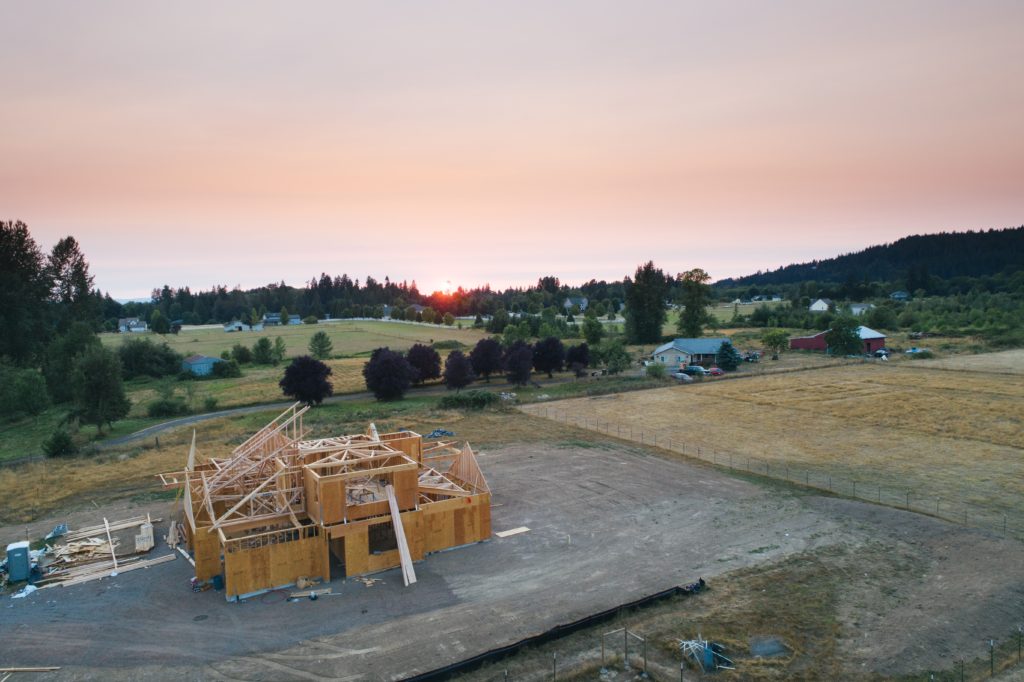Housebuilders have hailed the government’s decision to shift the burden of river nutrient neutrality to the water companies as a step in the right direction.
The Government is to double investment in Natural England’s nutrient mitigation scheme to £280m to offset the nutrient discharge of building up to 100,000 new homes between now and 2030.
It will also amend the levelling up and regeneration bill requiring water companies to upgrade their treatment works by 2030 in areas of ‘nutrient neutrality’.
The move is helpful for smaller developers who have struggled to find locations for mitigation credits in the area where they wanted to build.
Story Homes chief executive Colin Wood said: “The plan unlocks over 4,000 homes for our business creating a huge boost for the local economies and supply chains, all whilst facilitating delivery of much needed housing.”
Larger housebuilders such as Barratt Developments, which has 2,500 homes stalled due to nutrient neutrality rules, are also relieved over the change in policy.
Chief executive David Thomas said: “Alongside plans to mitigate the relatively limited impact of new build housing, we welcome the further commitment to tackling nutrient pollution at source in agriculture and industry and the much-needed planned improvements in our water infrastructure.”
The new nutrient mitigation scheme needs to be flexible
The National Federation of Builders, NFB, said despite the changes it would still be up to the local authority to decide whether developers should contribute to cleaning up the local environment.
NFB housing and planning policy head Rico Wojtulewicz said better funding for the nutrient mitigation scheme was positive but that the system needed to be more adaptable.
“If pollution levels drop considerably, the taxes and land ownership models must be flexible, which means a wetland which doesn’t contribute to reducing pollution levels can return to previous use or be used for something different.”
Brokers Hank Zarihs Associates said development finance lenders supported the government’s decision to tackle river pollution at source and that this would help SME builders.
The Home Builders Federation, HBF, estimates 145,000 planned homes have been stalled since the EU court ruling on the habitats directive in late 2018 for river nutrient neutrality in vulnerable spots.
HBF executive chairman Stewart Baseley said: “The prospect of a swift resolution will be much-needed good news for companies on the verge of going out of business, their employees and for households most affected by housing affordability pressures. Builders will be able to bring forward otherwise stalled investment in communities and get spades in the ground.”
Following the judgment Natural England identified areas in 74 local authorities where there were high levels of phosphates and nitrates in rivers. In these catchments, housebuilders had to offer woodland or wetland creation to generate nutrient credits.
Regions particularly affected included The Solent on the south coast, parts of the southwest and areas surrounding the River Wye in Herefordshire.
Environment, food and rural affairs secretary Thérèse Coffey said farms would be inspected to ensure slurry and other nutrient sources were handled in the right way to cut river pollution.
Farmers would be supported by investing £200m in grants for improved slurry storage infrastructure and precision spreading equipment.
She said the government’s nutrient reduction plan would help deliver the legal requirement to reduce nutrient runoff from agriculture by at least 40 per cent by 2038.

